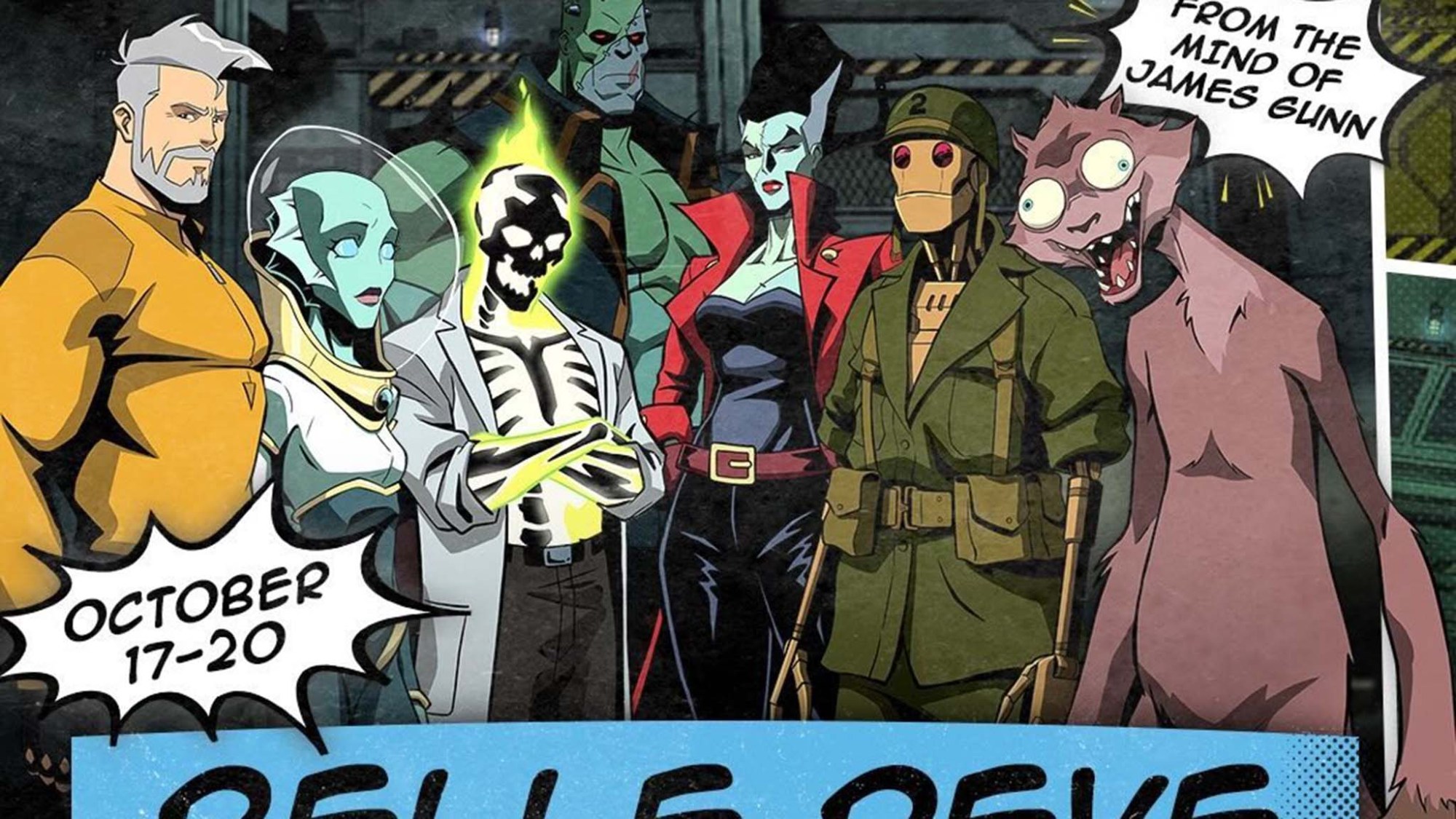On locations and a quick run time

New Life is shot on location in Oregon, and the rural areas, small towns, and mountain ranges not only deliver a unique setting, but offered the filmmakers instant production value out of just pointing their camera at the right spots.
“The equation for small independent filmmaking is how can you create maximal vision on screen with a limited budget,” Rosman said. “These are places that I knew and people on my crew knew. I’d been working in Oregon for about a decade. So creating a road movie can be really, really expensive, or you can be pretty thoughtful about it and get a lot of value on screen in creative ways. Using Oregon as a state and kind of our collective knowledge base to build from, I think was this thing that added a lot of value and a lot of character to our film, but also kind of fit in these guardrails we had in trying to make.
Rosman revealed that his initial cut of the movie was more in the neighborhood of 100 minutes, which feels like an eternity compared to the 84 minutes that the final cut sits at. Getting the film down to that runtime was important not only for Rosman as a film fan (“I love 90 minute films,” he says), but also just making sure that the story itself was as tight as possible.
“This film, it has messages about humanity, but wins or loses by the fact that it’s a thriller. And to me, a thriller needs to be pretty tight moving on, asking some questions, answering some questions, and then just propelling forward.”
SPOILERS FROM HERE ON OUT
Spoilers Follow!

A major feat that New Life is able to pull off after this mid-point reveal is that the film immediately recontextualizes the entire first half. Though we assume Jessica was on the run for one thing, we find out her trip across the countryside actually has malevolent undertones, as it’s revealed she’s carrying a mutated strain of the Ebola virus. This immediately calls into question everything that Jessica has done up until that point and makes her mundane actions now carry sinister weight. For Rosman this came about just by finishing the script and looking for places where things could continue to be tied together with future drafts. The hardest part wasn’t finding ways to create connectivity, but giving up the control and putting trust in the audience to pick up on its subtle storytelling cues.
“I think the real needle to thread was a lot of trust in the audience because it does open up and it opens up as a film that is kind of unexpected. And so it rewards people being patient. And I get it, watching a film right now in this age when there’s infinite content could be hard. So it puts a lot of trust in the audience to just be patient and stick with it.”
Pandemic influence

Rosman began writing New Life during the pandemic, which naturally influenced the film’s narrative in a major way and eventually formed the ending that the film delivers.
“This was a little bit later in the pandemic actually before we were shooting the film. So I was really trying to crack the ending and I didn’t really have a good ending. And I was on a family vacation and I got sick. It was a 24 hour cold, but everyone in my family was so paranoid looking at me and I would cough and I was coughing because I had allergies or something, and then they would look. And at the same time I was trying to think of all these elegant, big endings to the film. And then it was just a realistic idea, when is a cough just a cough anymore?”
“Before the pandemic, I wouldn’t even thought twice about (someone coughing nearby), which is my ignorance, but we all have learned through the pandemic. And so I think that real simple idea really fused throughout. And then I wanted the passage of the disease or the virus to be things that are related to helping people out or sharing a meal, sharing a drink.”
Just don’t call ’em zombies

At that halfway point of New Life, when the switch is flipped and the horror really starts, the reveal that Jessica is carrying a deadly new strain of Ebola that has mutated comes to a head with the reveal of gnarly and nasty infected people that immediately attack Sonya Walger’s Elsa. Just don’t call them “zombies.”
“We had a hard no Z rule on set,” Rosman said with a laugh. “And I say that as someone who really, I do zombie movies… I think the genre has been really explored a lot, and there’s maybe a little bit of fatigue around it, but I think it’s a really great temple. But to me, it was more interesting to think about in the parameters of The Fly… I love the idea of that film of it being a really a love story between Jeff Goldblum and Geena Davis. And then the horror in it is like, Geena Davis watching this person she fell in love with slowly decay in front of her.”
Best Movies That Change Genres Halfway Through

Though New Life‘s chase/thriller elements in the first half of the film are some of its strongest storytelling, the movie pulls the rug out from under the viewer almost exactly halfway through and starts to wade into a new genre. Knowing what happens, Rosman revealed his favorite movies that follow the same trend, shifting genres halfway through.
“A huge inspiration in this film is Repulsion,” the writer/director revealed. “I think my relationship to the main character in that film just really changes over time where you’re really sympathetic to her. Something happened to her and she’s kind of being left alone, she’s isolated and it feels like the viewer, you’re like, everyone just needs to leave her alone and let her be. And then the shoe drops and like, oh, this person’s kind of insane.
Another major influence for New Life was David Lynch’s Blue Velvet, where the journey of Kyle McLaughlin’s Jeffrey Beaumont sends him down a depraved tunnel after what seems like an idyllic existence from the start.
“I feel like watching that in high school and getting the rug pulled under you after being in a lull of this seductive strange narrative, and it’s like, boom,” Rosman adds. “All the reality of his choices hit at that point has always stuck with, I think that’s one of my favorite versions of that.”
What’s next?
Those as impressed by John Rosman’s debut in New Life will be thankful to hear that he already has his eyes set on his next project, hoping to shoot at the end of this year or early in 2025.
“It’s still a thriller, but it’s about teenage kids searching and pushing the limits of the things they disagree with and kind of society. And so it’s still playing with our relationship to technology, and then these kids are doing something where they’re subverting it in a pretty scary way.”
So not timely at all, we added.
“I know. Well, it’s so timely. I need to fucking make this movie. But the funny thing about making movies is that they costs a lot of money, so as always a nut to crack.”
New Life is now playing in theaters and on VOD.







